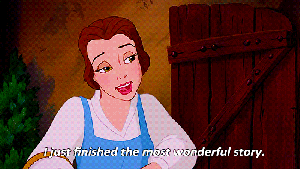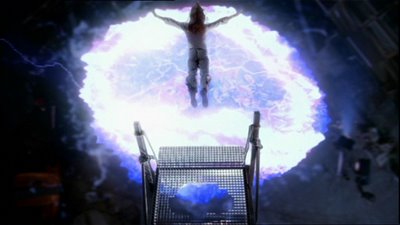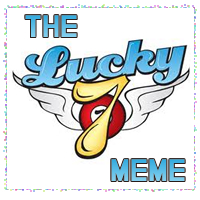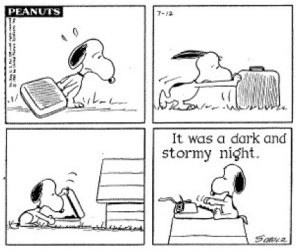Hello blogo-verse! It’s nice to see you. What’s that you say? I don’t call…I don’t write…I know, I know. But, you see, that’s all about to change! I promise.
Today, the lovely and talented Emmie Mears nominated me for the One Lovely Blog Award, which was very nice, but had the possibly intentional side effect of making me feel very, very guilty about my absolute lack of blogging since…too long. So, in honor of being honored, I will make an attempt at being a better bloggerina! Promise!
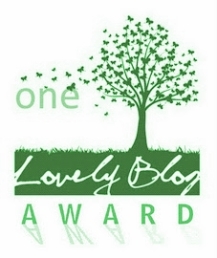
Now, the way this works is I’m supposed to say seven things about myself, and then nominated seven other bloggers who I think deserve this award! But, I was inspired by Tami Clayton’s blog post. So, instead of sharing seven things about myself, I will share seven books or series that inspired me to become a writer when I was a tender, wee thing. Because there are so many, many books that have inspired me, I’m going to limit this list to books that I read before I was, oh, let’s say 18.
With no further ado–and in no particular order–the top 7 books I read as a young person that shaped me as a writer!
1. Crown Duel and Court Duel, by Sherwood Smith
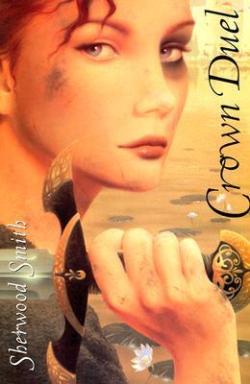
Reading this two-book series got off to a rocky start when my mom took a peek at the inside cover and promptly forbade me to read it. I devoured it anyway.
In Crown Duel, Mel, the heroine, is the daughter of a nobleman, but she’s grown up running barefoot around the woods and has absolutely no knowledge of politics, war, or intrigue. But when she semi-accidentally finds herself in the middle of a rebellion against a tyrant king, she does what any good heroine would do–she tries to get the heck out of dodge. Of course, she fails miserably, and manages to inspire an entire country to stand up to the tyrant. In Court Duel, which I liked even better than Crown Duel, Mel reluctantly goes to the capitol city to help rebuild the country and choose a new, better king. But to get anywhere in the capitol, she has to navigate a veritable labyrinth of etiquette, intrigue, and ambitious interlopers. Plus, she has a secret admirer AND a delightfully awkward courtship with the future king, the handsome and reserved Marquis de Shevraeth.
Sherwood Smith manages to craft a fast-paced, compelling story while simultaneously breathing life into a bevy of absolutely fascinating characters. Her world-building is flawless, complete with thousands of years worth of history and a deeply ingrained culture that is at once familiar and unfamiliar to the reader. Her dialogue is delicious. I would die happy if I could write with the skill Smith has in her little finger.
2. The Chronicles of Prydain, by Lloyd Alexander
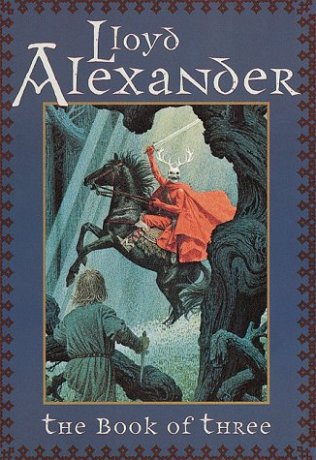
My parents actually read these books to me when I was in late grade school, although I later re-read them all as a teenager. Where do I start? As a lover and casual scholar of Celtic Mythology, these books gave me so much fodder and inspiration for my own writing. The characters are absolutely wonderful: Taran, the Assistant Pig Keeper with a big heart and an even bigger destiny; Eilonwy, the big-mouthed, scrappy princess; Fflewddur Fflam, the “unofficial” bard who accompanies Taran on his adventures; Doli, the dwarf; and of course Gurgi, the inexplicable wild hominid. Was he a man? Beast? I don’t think Alexander ever told us for sure.
I actually loved these books so much that they inspired me to write my very first book, centered around Jade and her unicorn as they searched for magical springs in the dark forest.
3. The Great Gatsby, by F. Scott Fitzgerald
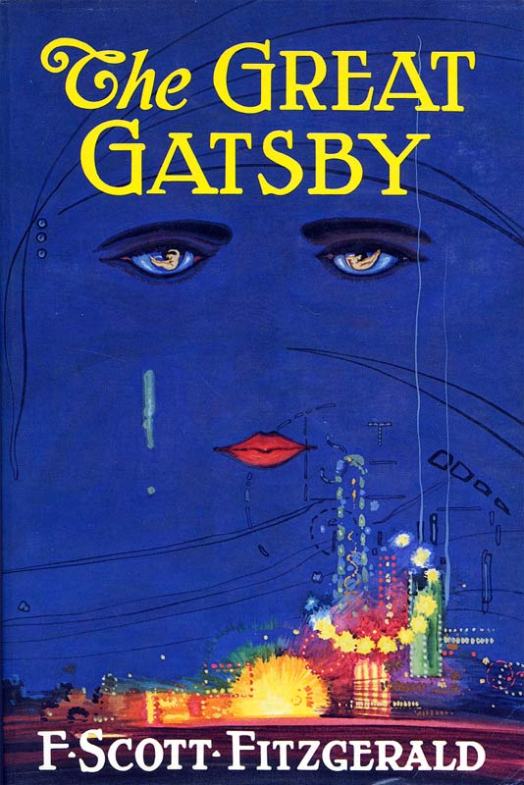
This was required summer reading for my sophomore English class, and no one was more surprised than me when I fell head over heels in love. With Fitzgerald, with Jay Gatsby, with the Roaring ’20s, with each and every one of the perfectly crafted 60,000 words that comprise this masterpiece. Beyond being an iconic glance into a decadent world filled with champagne, flappers, adultery and fancy cars, it’s a love story and a character study. Poignant, disturbing, delightful, soul-wrenching, beautiful. Heartbreaking and hopeful at the same time.
“So we beat on, boats against the current, borne back ceaselessly into the past.”
4. The Dark is Rising, by Susan Cooper
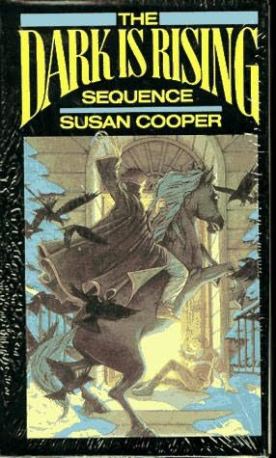
I discovered this series right around the same time as the Prydain series, but I read these books on my own. The series centers around Will, who discovers when he turns 11 that he is an Old One, destined to wield the power of Light in the ancient and ever continuing struggle against the Dark. Sound familiar? Hey, universal themes never go out of style. The first book really blew my own 11 year old self away, and the rest of the series gets even trippier. This series is also deeply rooted in Celtic mythology, and owes a lot to Arthuriana, even featuring King Arthur as a character in the later books. These books are truly epic. I’ll be dusting them off to read to my kids for sure. I might even just read them again myself.
Although the movie was the biggest steaming pile of crap I’ve ever seen. Ugh.
5. Kushiel’s Legacy Series, by Jacqueline Carey

I didn’t let my mom read the inside cover of any of these books, because I definitely knew she wouldn’t let me read them. But don’t let the romance novel-esque cover fool you–these books are GOOD. Damn good.
The books fall somewhere between alternate history and fantasy. Set primarily in Terre D’Ange, a version of France in which all the citizens are descended from angels, the first three books follow Phedre no Delaunay, a spy, courtesan, and all around bad-ass, as she saves Terre D’Ange and the royal family from all manner of terrible fates. The story is chock full of intrigue, politics, history, adventure and romance. There is also a bondage aspect to these books, but trust me when I say that it complements an already complex and multi-faceted literary world that would be just as rich without it. Clocking in at around 400 pages each, these books may seem a bit daunting, but they are absolutely worth it.
6. The Song of the Lioness, by Tamora Pierce
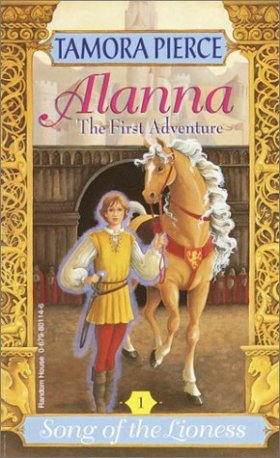
These were probably the first books I read where I registered and understood the feminist themes, and thought they were pretty cool to boot. Alanna is awesome–she disguises herself as a boy to become the first female knight in centuries, and kicks ass even though she isn’t big, tall, or naturally strong. She has pretty much a direct line to the Goddess, and has the magical ability to heal. She becomes lovers with the heir to the kingdom, and when he asks her to marry him she says “No thank you, I’d rather have a career and run my own life and not sit in a castle and be your queen.”
Also, she has violet eyes and can talk to the black cat that follows her around.
7. Elfquest, by Wendy and Richard Pini
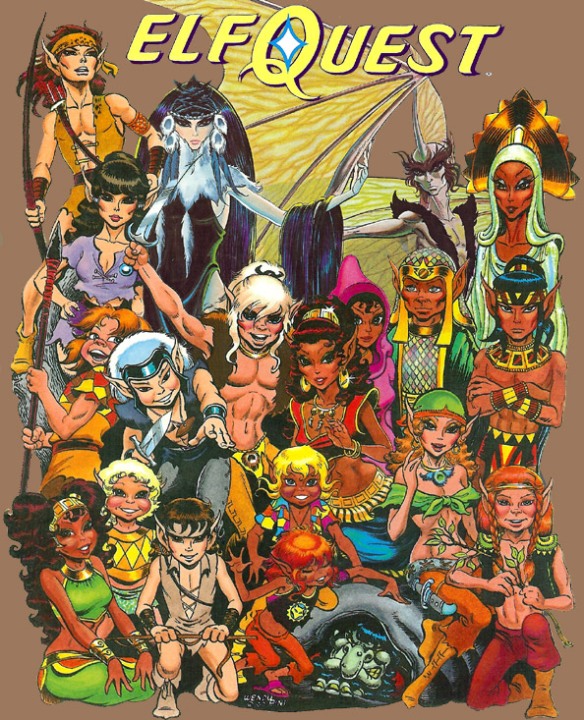
I posted this one last, because I knew a lot of you might have a bit of a closed mind about this particular graphic novel series. Bear with me, please?
My mom actually encouraged me to read these–I think she assumed that because it had pictures it was appropriate for children. Not. Through the magical, beautiful artwork of Elfquest, I was exposed to some fairly mature themes as a kid–polyamory, racism, mind-rape, genocide, torture. (But the pictures are so pretty!) The graphic novels follow Cutter, Chief of the Wolfriders, as he tries to unite his tribe with the far-flung descendants of the original Elves, who may or may not have been immortal space-travelling aliens. The artwork is gorgeous, the characters rife with pathos and complexity, and the story is moving and compelling. These graphic novels really ignited my passion for story-telling even before I could put a name to what I was feeling.
You can read it all here! I definitely recommend just diving in right at the beginning, although it does take a little while to get into. It is so totally worth it. (Beware Death by Archive. Who loves the internet? I love the internet!)
Thanks again for the nomination, Emmie! Unfortunately I don’t know enough bloggers who haven’t already been nominated for this, but reply in the comments if you’d like to!
What books inspired you as a young person? Which series do you credit as changing the way you thought about storytelling and compelling characters? Reply in the comments!
